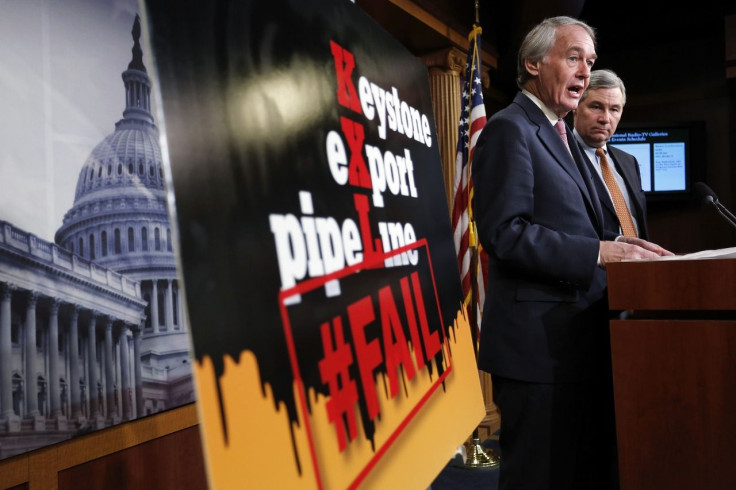Canada Mulls Diversifying Oil Exports Away From US Amid Much Delayed Keystone XL Pipeline

While it knows it’s assured of a stable market base for its oil produce courtesy of the United States, Canada has said it wants to diversify its exports of the prime commodity.
Greg Rickford, federal Natural Resources Minister, told a conference hosted by Bloomberg the delays in the approval and construction of the Keystone XL pipeline project spurred the desire to diversify. He said the country wants to look at other markets despite stable sales generated from the U.S. market.
He said majority of the natural gas that Canada produces gets exported to the U.S. But then, “I don’t think anyone in business would want just one customer.” The result is a business that generates $140 billion a year for Canada. Rickford said the figure is expected to expand in the coming years, where U.S. oil imports from Canada is seen to hit 7 million to 8 million barrels daily.
But Rickford stressed much of the oil exports to the U.S. will depend on the Keystone XL pipeline project, to "ensure that U.S. refineries have access to a secure supply." The project, first proposed in 2008, has been stalled due to environmental concerns.
Future oil sales to the U.S. depend in part on TransCanada Corp.’s planned Keystone XL pipeline, a project first proposed in 2008 that is awaiting a U.S. presidential permit. Keystone, which has stalled over environmental concerns. Moreover, the project has been caught up in the power struggle of U.S. politics. President Barack Obama in February vetoed down the bill that would have allowed the construction of the oil pipeline project.
The 1,200-mile Keystone XL pipeline is forecast to transport 800,000 barrels of Canadian oil a day through the U.S. for possible export, from Alberta to Steele City, Nebraska.
To report problems or to leave feedback about this article, email: e.misa@ibtimes.com.au.






